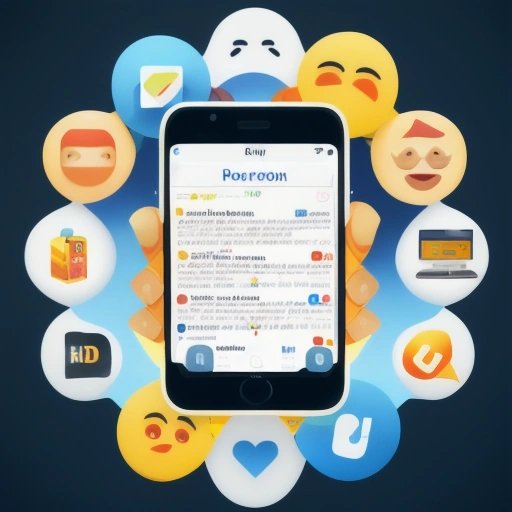Ah, the power of emojis. What once started as an innocent way to express ourselves in text messages has now transformed into a new era of journalism. Yes, you read that right - journalism.
With the rise of visual storytelling, news outlets across the world are embracing the use of emojis to communicate complex stories to their audience. It's a universal language that transcends barriers and allows even non-native speakers to understand the message.
Take, for instance, the recent announcement of a COVID-19 vaccine. News outlets across the world used the vaccine emoji to communicate the news to their audience. It was a way to cut through the noise and get straight to the point.
But emojis aren't just for breaking news. They're also being used in feature stories, opinion pieces, and even investigative journalism.
Take, for instance, a recent investigation into the harmful effects of social media on mental health. The news outlet used a series of emojis to represent the research findings, including a sad face and a crying emoji to show the negative impact.
But the use of emojis in journalism isn't just limited to news outlets. Even politicians are using emojis to communicate with their constituents.
Take, for instance, a recent tweet from a politician announcing a new bill to protect the environment. The tweet included a tree and earth emoji to symbolize the bill's purpose.
The rise of emoji journalism has been met with both praise and criticism. Some argue that it's a way to dumb down complex issues, while others say it's a necessary way to communicate with younger generations.
Regardless of the opinions, it's clear that emojis are here to stay. They provide a new way of storytelling that's both engaging and accessible to a wide audience. So the next time you're reading the news, keep an eye out for those little symbols - they just might be telling you the whole story.







